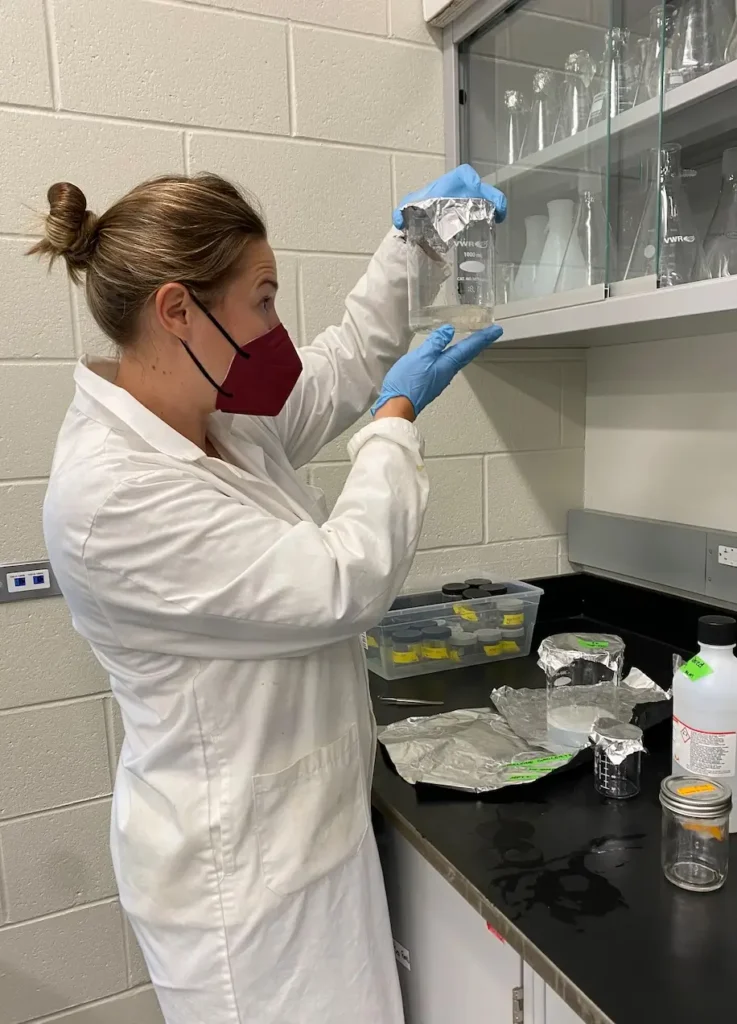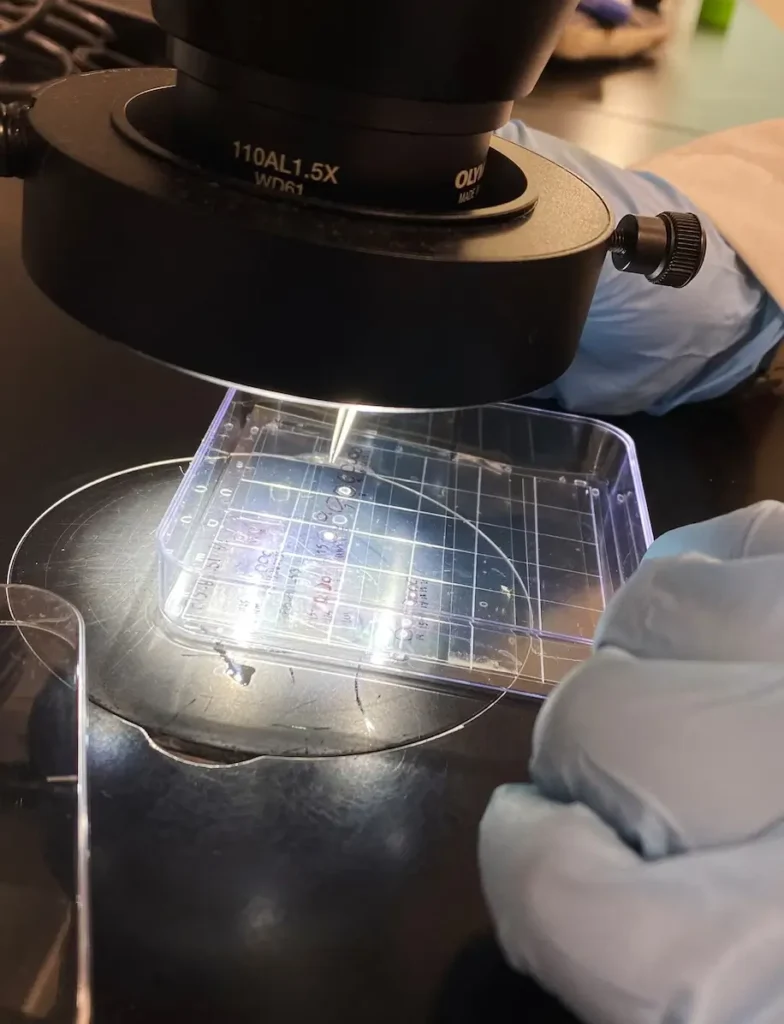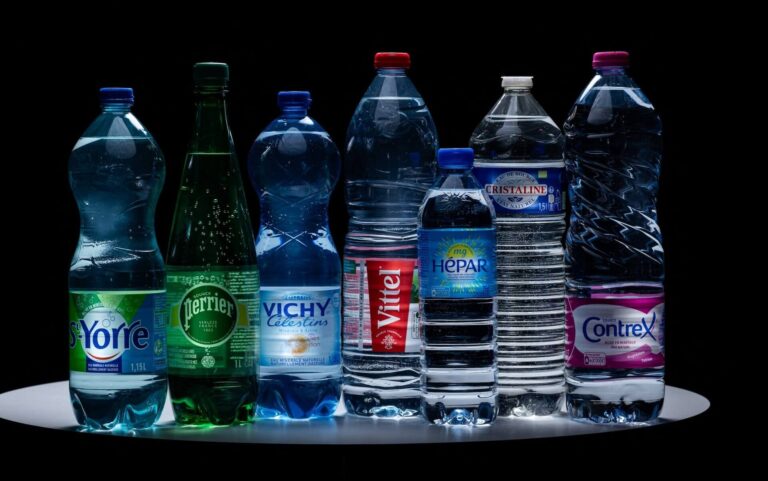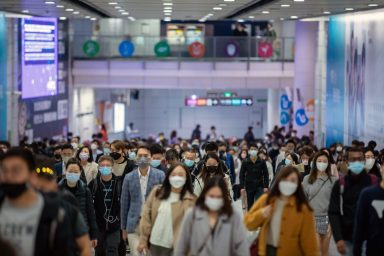A study of more than a dozen kinds of protein, including beef, tofu and breaded shrimp, found microplastics in nearly 90 percent of the tested samples
If you’re eating protein, you could be ingesting hundreds of tiny pieces of plastic each year, research finds.
A new study by researchers with the nonprofit Ocean Conservancy and the University of Toronto found microplastics — tiny particles ranging from one micrometer (one thousandth of a millimeter) to half a centimeter in size — in nearly 90 percent of protein food samples tested.
The researchers analyzed more than a dozen different types of common proteins that could wind up on the average American’s plate, including seafood, pork, beef, chicken, tofu and several plant-based meat alternatives.
They estimated that an American adult could consume, on average, at least 11,000 microplastic pieces per year, according to the study published in the peer-reviewed journal Environmental Pollution.
“There’s no way to hide from plastics if you’re eating,” said George Leonard, one of the study’s authors and chief scientist at Ocean Conservancy.
“If your desire is like, ‘I want to pick something that doesn’t have any plastic in it,’ you really can’t.”
Tiny plastics everywhere
The study’s findings provide further evidence of the ubiquity of small plastic particles — which have been discovered everywhere from Antarctic snow to inside human bodies — and how they can end up in the food we eat and the water we drink, Leonard said.
Research has documented microplastics in fruits and vegetables as well as other food products like salt, sugar, rice and milk.
“People shouldn’t be panicking about the concentration of plastics in their food, with the caveat of ‘yet’,” he said. “We need to do a lot more science.”

The potential effects of microplastics on human health are still being understood. A recent report from the World Health Organization detailed the possible health risks of microplastics pollution, including exposure to nanoplastics, even smaller particles that measure less than one micrometer.
But the WHO noted that there still isn’t enough research linking these particles to adverse health effects in humans and emphasized an urgent need for more research.
“While we still really don’t have any idea what the human health consequences of this are, if there are any at all, we need to take this seriously because this is a problem that’s not going away on its own, and it’s only going to get worse the more plastic we use and throw away,” Leonard said.
It’s long been known that microplastics can be found in the digestive tracts of fish and shellfish, but the new research sheds light on the likely presence of the plastic pieces in parts of seafood that are typically eaten, such as fish fillets, as well as popular land-based proteins like beef, chicken and pork.

The researchers also observed that some highly processed protein products, such as breaded shrimp, fish sticks and chicken nuggets, appeared to contain “significantly more” microplastic particles per gram than certain minimally processed samples,including packaged wild Alaska pollock and raw chicken breast. This suggests that food processing could be a source of contamination, the study’s authors wrote.
Understanding microplastics in food
But Leonard and other experts cautioned against using the findings to draw definitive conclusions about how microplastics can contaminate food and the amount of plastic that could be lurking in proteins.


The study’s sample size was limited and the researchers noted that there was high variability in microplastic concentrations in the samples. The researchers also only counted microplastic particles that were larger than or equal in size to 45 micrometers.
“It just highlights that we need to do more research,” said Bianca Datta, a food scientist and scientific partnerships manager at the Good Food Institute, a nonprofit that promotes meat alternatives.
Datta, who was not involved in the new research, added that further studies are needed to better understand how a protein’s source could affect the amount of microplastic contamination as well as the potential effects of food processing.
CLICK HERE TO READ MORE FROM THE REPUBLICAN VOICE
The reality that microplastics are being discovered in many common food sources should also be motivating efforts to address the plastic pollution problem, experts said.
Microplastics are going to continue to be found everywhere as long as people keep using plastics that are designed to last, said Paul Anastas, director of the Center for Green Chemistry and Green Engineering at Yale University, who was not part of the latest study.
“We have designed these materials to be persistent for centuries, if not millennia, so that should be regarded as a design flaw,” Anastas said.
“We know how to design polymers that degrade harmlessly into the environment, not into smaller, smaller particles.”
source: washingtonpost.com/microplastics-fish-chicken-tofu-protein


























